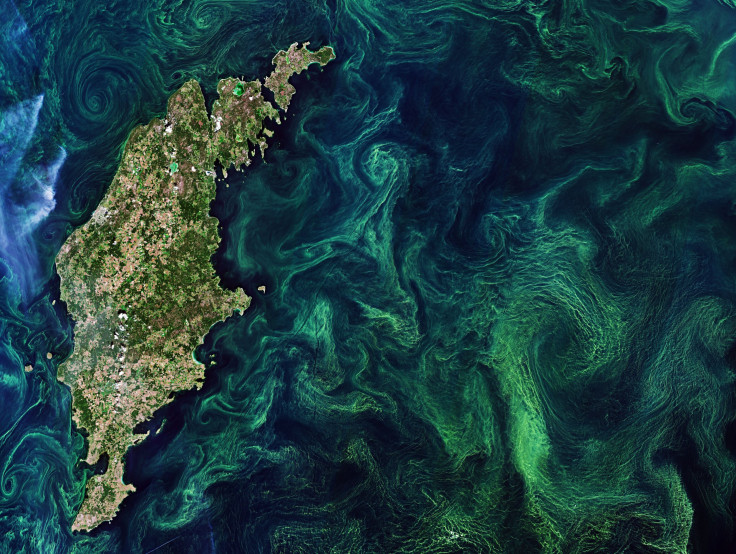Stunning ESA Photo Shows High Concentration Of Algal Blooms Seen From Space

KEY POINTS
- The ESA snapped a photo of algal blooms from space
- The photo was taken by the agency's Sentinel-2 satellite
- High concentrations of algal blooms can be harmful for humans and animals
The European Space Agency (ESA) recently shared a stunning photo of massive algal blooms in the Baltic Sea taken from space. Although algal blooms can naturally occur, they can sometimes produce toxins that can endanger humans and animals in the region.
The photo shared by the ESA features a portion of the highest concentration of algal blooms in the Central Baltic. In the image, the Swedish island of Gotland can be seen surrounded by the streaks and whirls of algae in the region.
According to the agency, the photo was taken by the Sentinel-2 satellite of the Copernicus Program earlier this year. Launched in 2017, the mission studies environmental changes in Earth’s land and coastal regions.
As explained by the ESA, large concentrations of algal blooms usually occur during the summertime when water temperatures are exceptionally high. During these times, microscopic marine plants known as phytoplankton multiply rapidly. Sometimes, they can cover vast surfaces of oceans with the chlorophyll that they use for photosynthesis.
Algal blooms are known to occur naturally depending on the season, but this phenomenon can also be triggered by human activities.
“Although algal blooms are a natural and essential part of life in the sea, human activity is also said to increase the number of annual blooms,” the ESA explained. “Agricultural and industrial run-off pours fertilizers into the sea, providing additional nutrients algae need to form large blooms.”
Although algal blooms are not necessarily dangerous for marine life, high concentrations can still threaten the affected regions. According to the ESA, unusually large blooms can produce toxins that can harm animals as well as humans who rely on resources from the affected area.
Also, the bacteria that feed on the decaying phytoplankton consume the oxygen from the water. The lack of oxygen can lead to dead zones which can trigger massive die-offs of marine life in the area.
“The bacteria that consume the decaying plants suck the oxygen out of the water, creating dead zones where fish cannot survive,” the ESA stated. “Large summer blooms can contain toxic algae that are dangerous for both humans and other animals.”
© Copyright IBTimes 2024. All rights reserved.





















